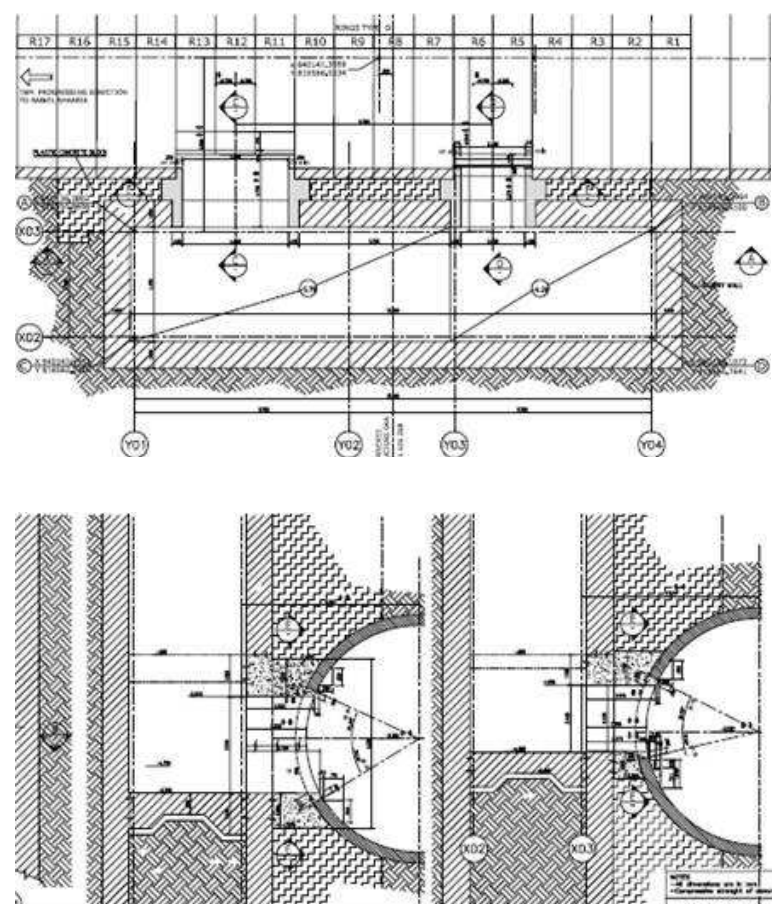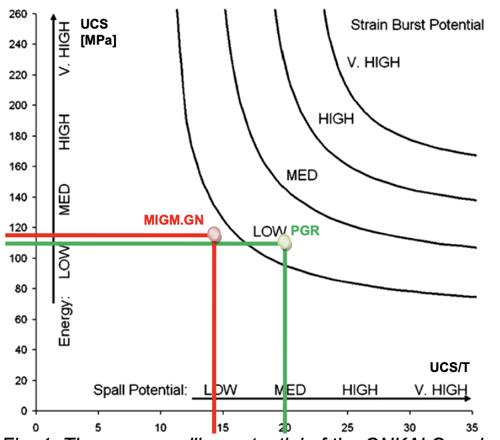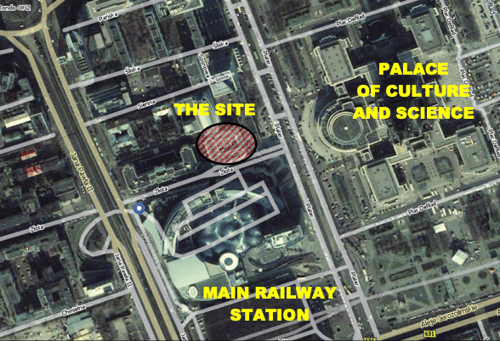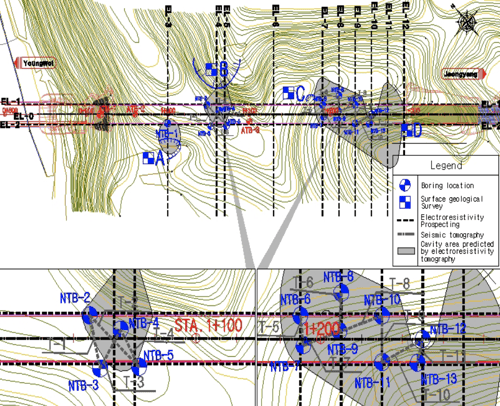Midas GTS NX: Shaft-Tunnel Junction Compact Design: Numerical Methods Design & Use

Author: Luciana Farias
Publish Date: 27 Dec, 2021
Sylvie Giuliani-Leonardi, VINCI Construction
Dr. Olivier J. Gastebled, Tractebel Engineering
Samy Mahdi, Tractebel Engineering
"Summary
The design of shaft-tunnel junctions on the Greater Cairo metro system has evolved over time. The geological conditions in Cairo are challenging, with alternated layers of sands and clays and the existence of a water table. Initially for former metro line 2, the junction between rectangular shafts and the bored tunnel was achieved by excavating the cross-passages in artificially frozen ground. Later for the new line 3, the technique of artificial freezing was replaced by a ground improvement approach using plastic concrete. More recently, a new concept was introduced whereby no ground improvement and no connecting galleries are necessary. The principle lies in driving the TBM to partially intercept an unexcavated circular slurry wall. The shaft can then be excavated in several stages, allowing for the construction of the upper part and the lower part of a reinforced concrete portal aimed at strengthening the opening created by the TBM in the shaft slurry wall. While this approach entails savings in both the cost of soil treatment, and in the construction time of the cross-passage, it requires adequate detailing of the reinforcement in the slurry wall panels and the dimensioning of the shear connectors between the panels of the shaft, the segmental lining of the tunnel and the concrete elements of the portal. Advanced 3D numerical modelling is thus used to assess structural forces on which the detailing is based. The complex geometry of the junction associated with the non-linear behaviour of the ground and of the inter-panel joints as well as the impact of the construction sequence led to adopt advanced numerical methods. It is only recently that finite element software with sufficient capabilities and user-friendliness are available to model such a 3D configuration in a realistic way and within a timeframe compatible with project requirements. This example illustrates how advances in construction methods can be stimulated through improvements in the analytical tools."




Add a Comment